
Steel Wheels, Detroit Iron, Enhanced Competition
Written by William C. Vantuono, Editor-in-Chief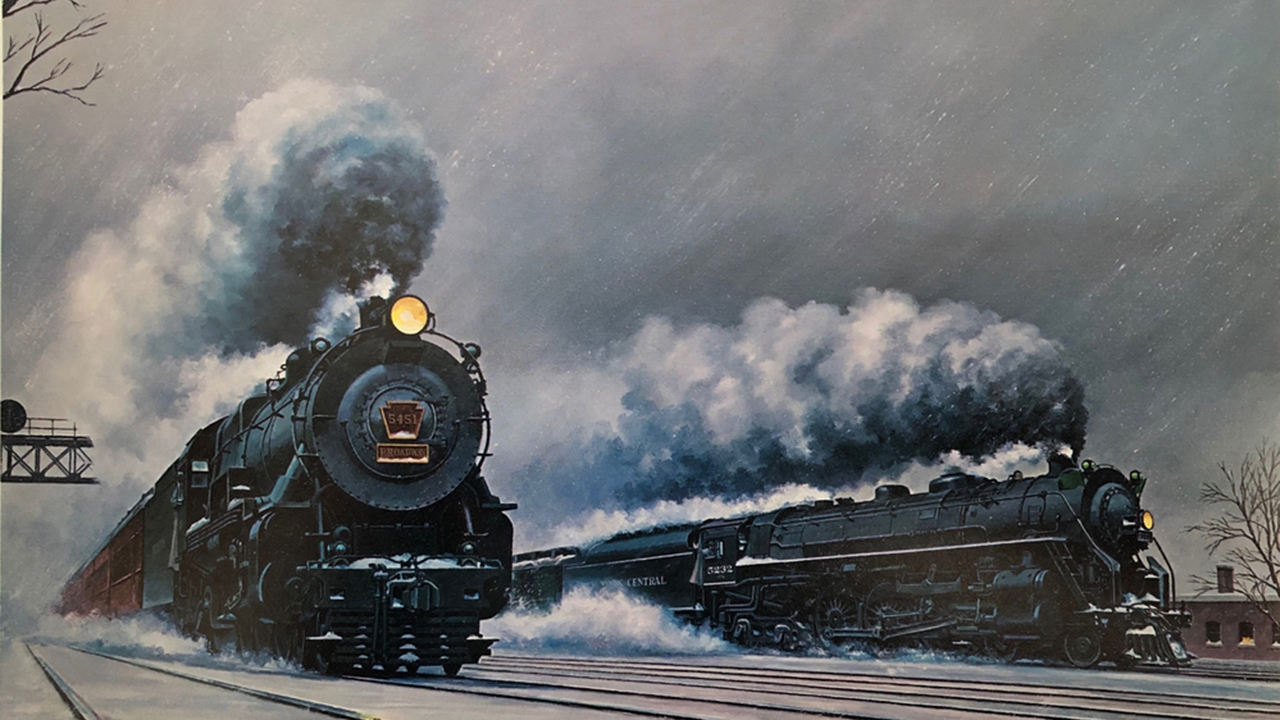
FROM THE EDITOR, MAY 2023 RAILWAY AGE: Keith Creel hit the spike on the head when he said Canadian Pacific Kansas City (CPKC) will not only preserve competition (the STB’s litmus test), but also enhance it.
Not long after the metallic sound of a chromed spike maul hitting a ceremonial Final Spike quieted, along came CN, Union Pacific and GMXT announcing their “Falcon Premium” interline intermodal product as competition to CPKC’s single-line service. This is a very good thing, because healthy competition among friendly (hopefully?) railroad rivals should improve service, reduce costs passed on to customers, and grow market share.
Think back to the golden age of passenger rail, when the Pennsylvania Railroad’s premier train, the Broadway Limited, competed with its New York Central counterpart, the 20th Century Limited. Both left New York City (westbound) and Chicago (eastbound) daily at the same time. The PRR and NYC main lines ran parallel for six miles south of Chicago; on eastbound runs, the two trains would “race” each other (see Howard Fogg’s painting, The Race of the Century, above). On June 15, 1938, both railroads introduced 16-hour schedules and new streamlined equipment.
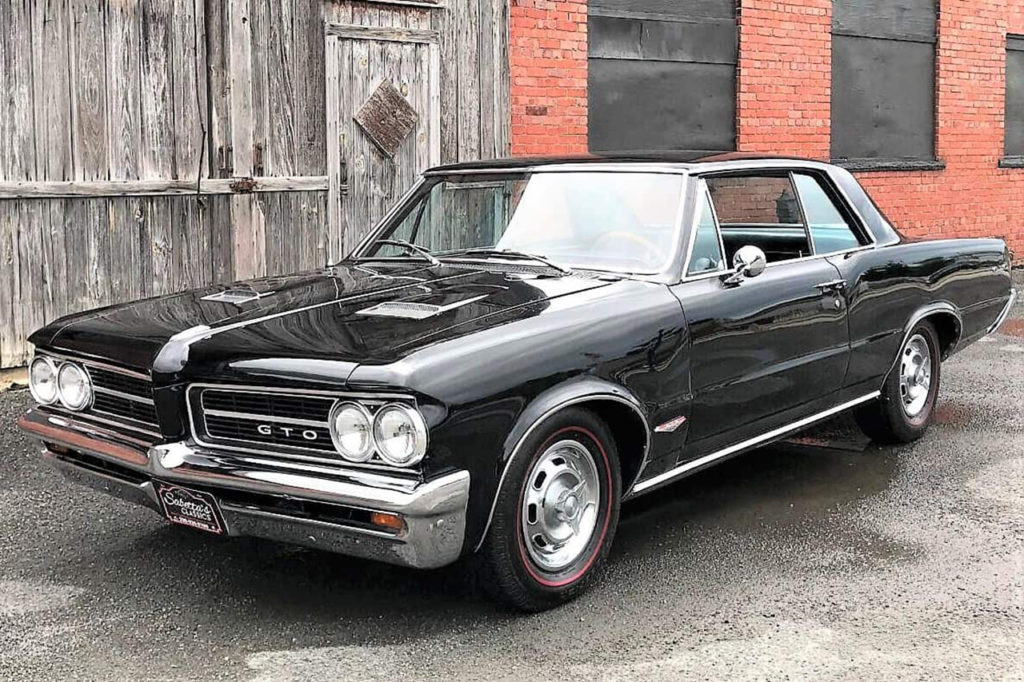
One of the most memorable examples of competition occurred at General Motors in the 1960s, during the “muscle car” era. In those days, GM’s divisions operated semi-independently, with their own teams of engineers and designers. Pontiac was first with the GTO in 1964 (above). Its concept was simple: Take a large-displacement, high-horsepower V8 from a full-size model, add some goodies like tri-power carbs, a four-speed, dual exhaust and bucket seats, and offer them in a mid-sized Tempest LeMans. The idea wasn’t new (hot-rodders had been doing it for years), but the “Goat” sold like crazy. Chevrolet, Oldsmobile and Buick soon followed, offering the Chevelle Malibu SS, Cutlass 442 and Skylark Gran Sport, respectively. Though these GM A Body cars shared some basic architecture (frames, suspensions, “greenhouses”), they were distinctive, with their own engines, and of course, styling. Ford, Chrysler and American Motors joined the competition (Torino GT, Charger, Roadrunner, Javelin, etc.). Glory days, for sure.
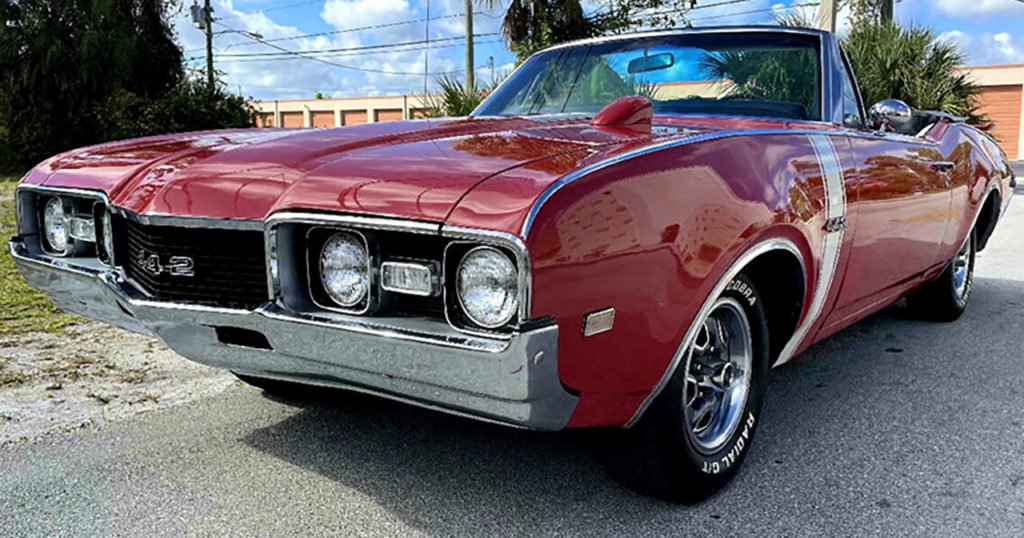
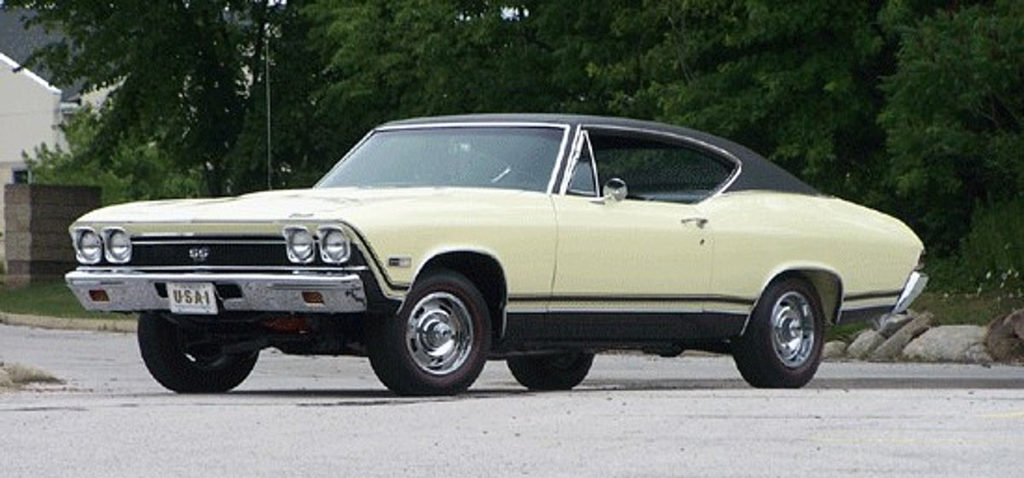
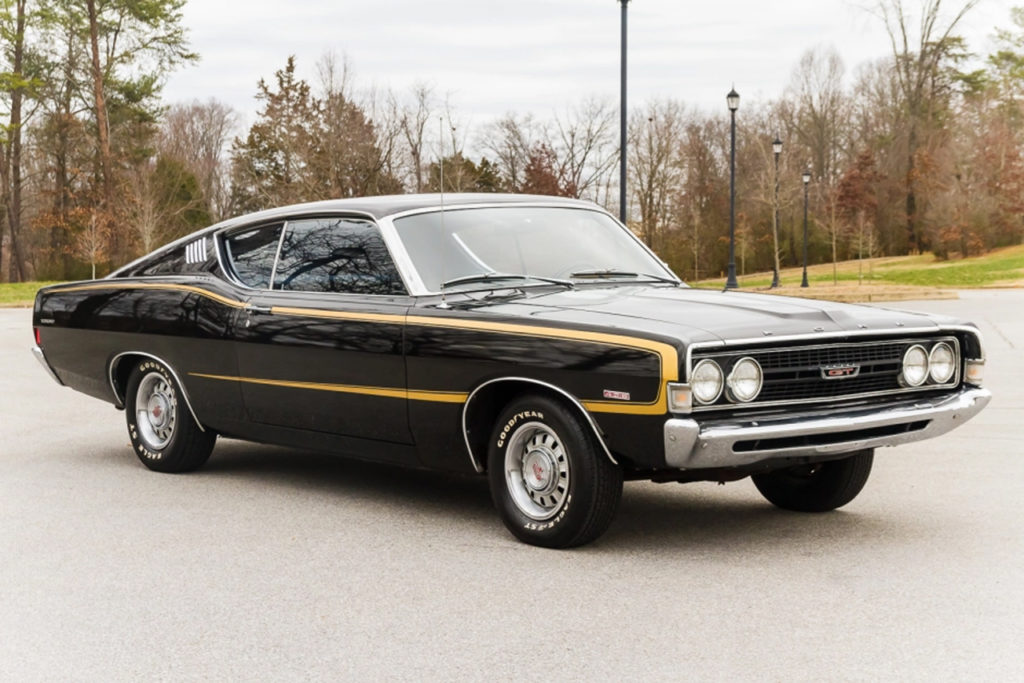

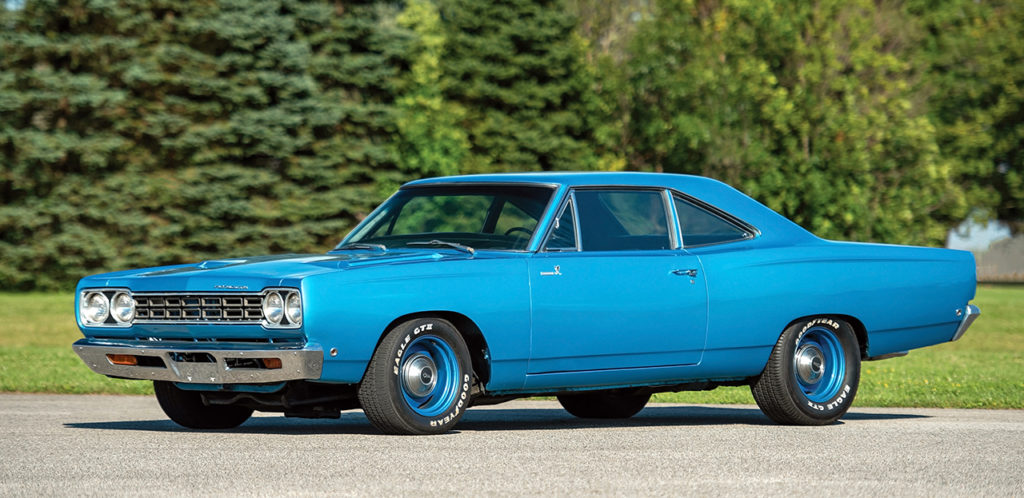
Badge engineering and cost-cutting-obsessed beancounters rather than people with a passion for cars running GM later led to some very dull products and huge market share losses. That’s a story for another day.
Today, our industry seems to be developing a true competitive spirit. Falcon Premium and CPKC hotshot intermodal trains could be “racing” across the Mexican and Canadian borders. Who will win? Customers!
Let’s remember, though, that like GM’s divisions in the 1960s, we’re all on the same team, with identical service and safety goals.



